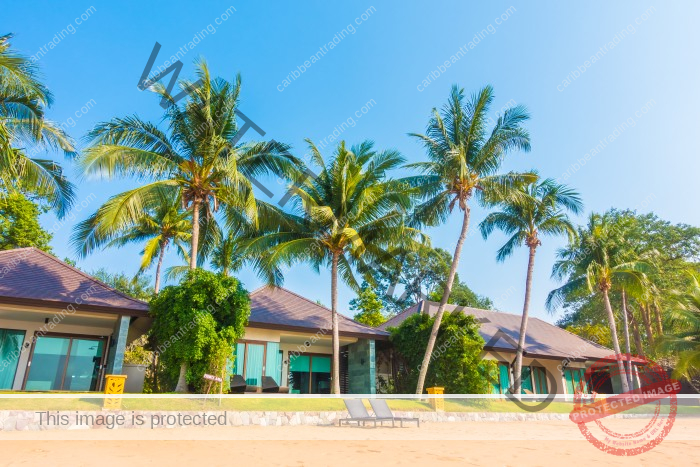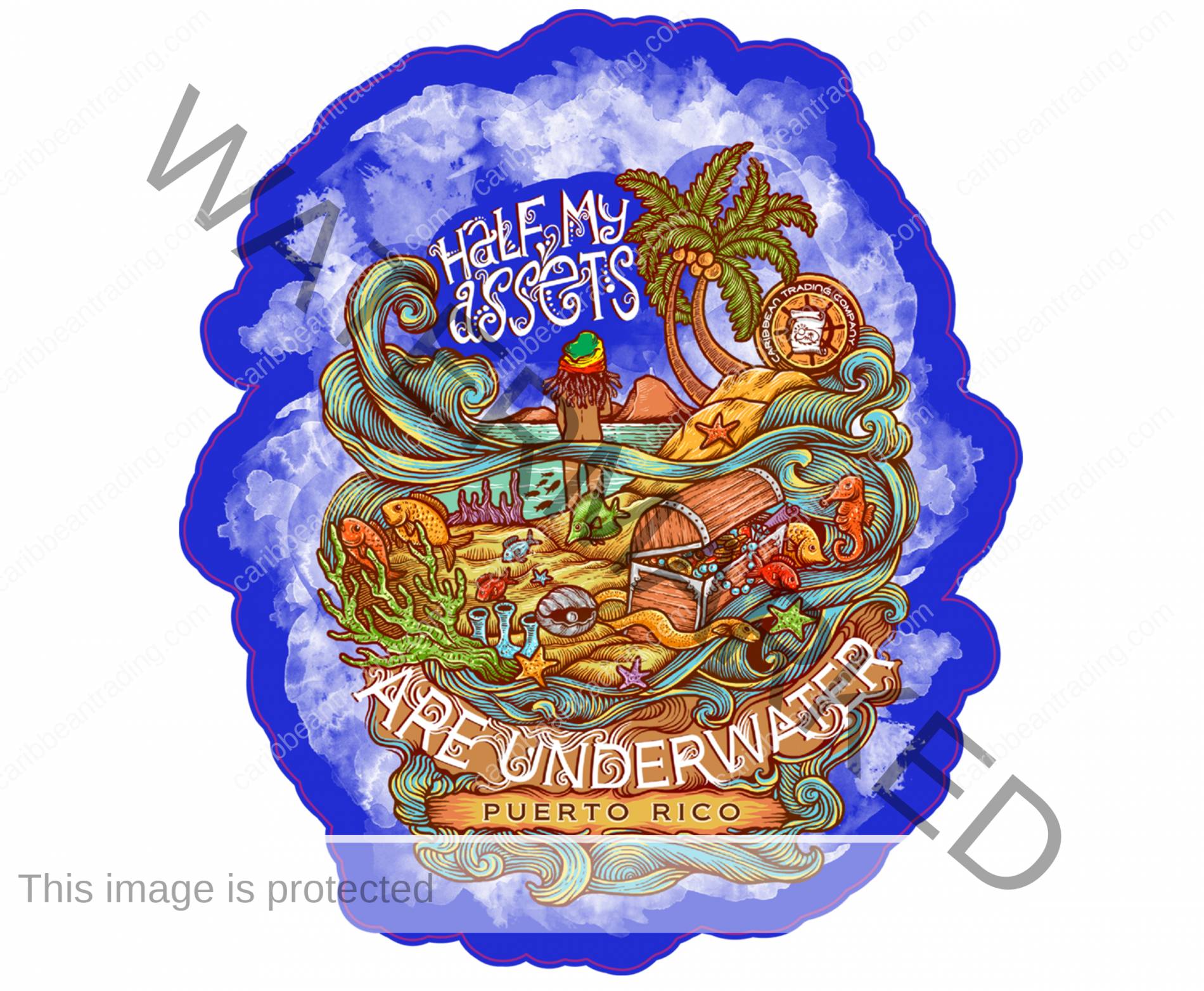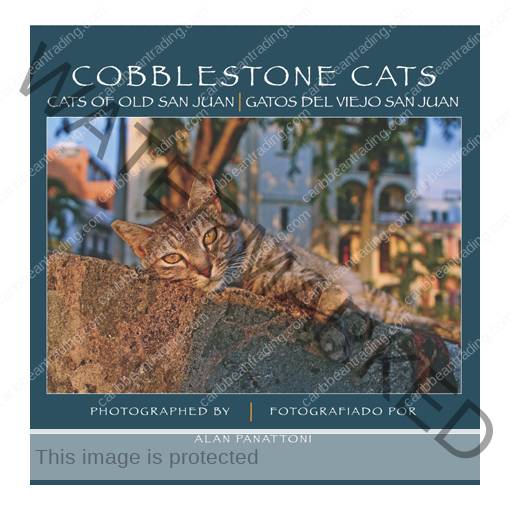Caribbean History
Caribbean Homes: Design and Architecture
The Caribbean is an iconic region known for its tropical beauty, diverse cultures, and rich history. These elements influence the design and architecture of the homes built throughout the islands. Caribbean homes reflect the blend of traditional, colonial, and modern influences, creating unique structures that are both functional and aesthetically pleasing. The climate, culture, and historical context all play significant roles in shaping the architectural landscape of the Caribbean.
1. Climate as a Design Influencer
The warm, tropical climate of the Caribbean is a defining factor in the design of homes in the region. The homes are constructed to embrace the outdoor lifestyle, allowing residents to enjoy the pleasant weather year-round. High ceilings, open spaces, and wide verandas are common features, providing ample ventilation and promoting natural cooling. This architectural style allows homes to be both comfortable and energy-efficient, reducing reliance on artificial cooling methods like air conditioning.
Large windows and doors that open to expansive patios or decks are often incorporated to allow the breeze to circulate through the home. Many Caribbean homes also feature strategically placed shutters or louvres to block the harsh sun while still letting in enough light and air. This thoughtful design helps maintain a balance between privacy and outdoor living.
2. Cultural Influences
Caribbean homes have a rich history influenced by the indigenous people, African heritage, and European colonization. The fusion of these diverse cultures has resulted in the development of distinctive architectural styles. Colonial-style homes, such as the French Creole cottages and Spanish haciendas, are common throughout the region. These structures often have steep roofs, wide eaves, and large windows to protect against heavy rainfall.
In some islands, the indigenous Arawak and Taino people’s traditional round huts made from natural materials like palm fronds and bamboo have inspired the modern construction of eco-friendly homes. Today, many Caribbean homes incorporate materials like wood, stone, and coral, reflecting the region’s natural resources. Whether it is a modest cottage or a luxury villa, Caribbean homes are often designed to blend in with the natural environment.
3. The Colonial Influence
The colonial period had a profound impact on Caribbean architecture, particularly in the design of plantation houses. These grand homes were often designed with wide verandas and symmetrical facades, offering an airy and spacious feel. Plantation homes typically featured local materials such as wood, clay tiles, and stone, often adorned with intricate ironwork and decorative moldings.
The colonial architecture still influences the design of contemporary Caribbean homes, with many incorporating elements like wide balconies, tiled roofs, and wooden shutters. Many of these homes also feature large central courtyards, perfect for outdoor living and entertaining.
4. The Rise of Modern Caribbean Architecture
In recent years, Caribbean architecture has embraced modern design trends while still honoring traditional elements. Many new homes in the region combine contemporary features with local building materials to create a seamless blend of the old and the new. The modern Caribbean home focuses on maximizing natural light and airflow while creating an open, inviting atmosphere.
The use of clean lines, minimalist design, and cutting-edge materials like glass and steel is becoming more prevalent. These homes often feature flat roofs, expansive windows, and innovative use of space. In addition, the introduction of eco-friendly travel and technologies, such as solar panels and rainwater collection systems, is reshaping the way homes are designed in the Caribbean. This sustainable approach to architecture ensures that homes are energy-efficient and environmentally responsible. In addition to these strategies, many buildings have opted to also be covered with architectural netting, to protect them, as well as provide a more stable support.
5. Caribbean Homes and Outdoor Living
In the Caribbean, outdoor living is an essential part of daily life. The warm weather and natural beauty of the region make it ideal for creating homes that connect the indoors with the outdoors. Open-air dining areas, swimming pools, and lush tropical gardens are all common features of Caribbean homes. The concept of the “outdoor room” is prevalent, where living and dining spaces flow seamlessly into outdoor terraces or gardens.
The use of natural materials like stone, wood, and bamboo enhances the outdoor ambiance, creating spaces that are comfortable and low-maintenance. The tropical climate also encourages the use of native plants and trees, such as hibiscus, bougainvillea, and palm trees, to create lush, green surroundings. These outdoor spaces become extensions of the home, providing areas for relaxation, entertainment, and family gatherings.
6. Sustainability and Eco-Friendly Design
As global awareness of environmental issues increases, sustainability has become an important consideration in Caribbean home design. Many homeowners and architects are now focusing on creating eco-friendly homes that are energy-efficient and built using sustainable materials. This shift in design philosophy is not only beneficial for the environment but also helps reduce the cost of living in the long run.
Solar energy is commonly used to power homes, with solar panels being installed on rooftops to harness the sun’s energy. Rainwater harvesting systems are also becoming more common, allowing homeowners to collect and store rainwater for irrigation or other uses. In addition, local building materials like coral stone, clay tiles, and timber are being used to create homes that are both durable and eco-friendly. These materials help reduce the carbon footprint of construction and maintain the region’s connection to its natural environment.
7. Luxury Caribbean Homes
While many Caribbean homes are designed to be simple and functional, luxury homes in the region are characterized by opulence and sophisticated design. Large beachfront villas and private estates often feature expansive floor plans, high-end finishes, and state-of-the-art amenities. These homes are designed to take full advantage of the stunning natural surroundings, with panoramic ocean views and sprawling gardens.
Luxury homes in the Caribbean often feature infinity pools, private cinemas, and wine cellars, as well as custom-made furniture and décor. Many also incorporate the latest smart-home technologies, such as automated lighting, climate control, and security systems. Despite their lavishness, these homes still embrace the principles of Caribbean design, focusing on open spaces, natural materials, and a strong connection to the outdoors.
8. The Future of Caribbean Architecture
As the Caribbean continues to evolve, so too will the design and architecture of its homes. The future of Caribbean homes will likely see a growing emphasis on sustainability, with homes becoming even more energy-efficient and environmentally friendly. In addition, new technologies and design innovations will allow homes to be built faster, more affordably, and with fewer environmental impacts.
Conclusion
Architects and builders will also continue to find ways to merge traditional and modern design, creating homes that reflect the region’s rich history while embracing the future. The ongoing development of eco-friendly materials and energy-efficient technologies will enable Caribbean homes to stand the test of time, offering comfortable, stylish, and sustainable living for generations to come.







